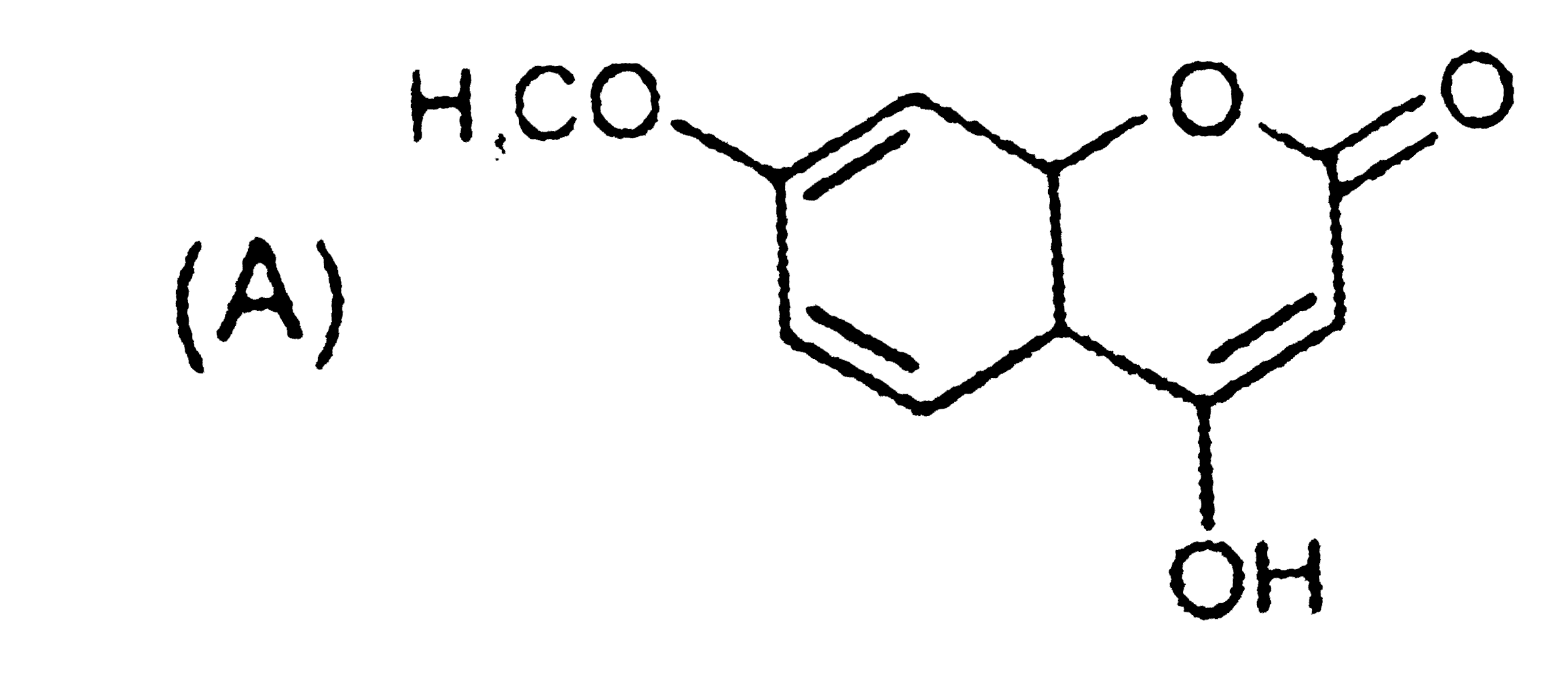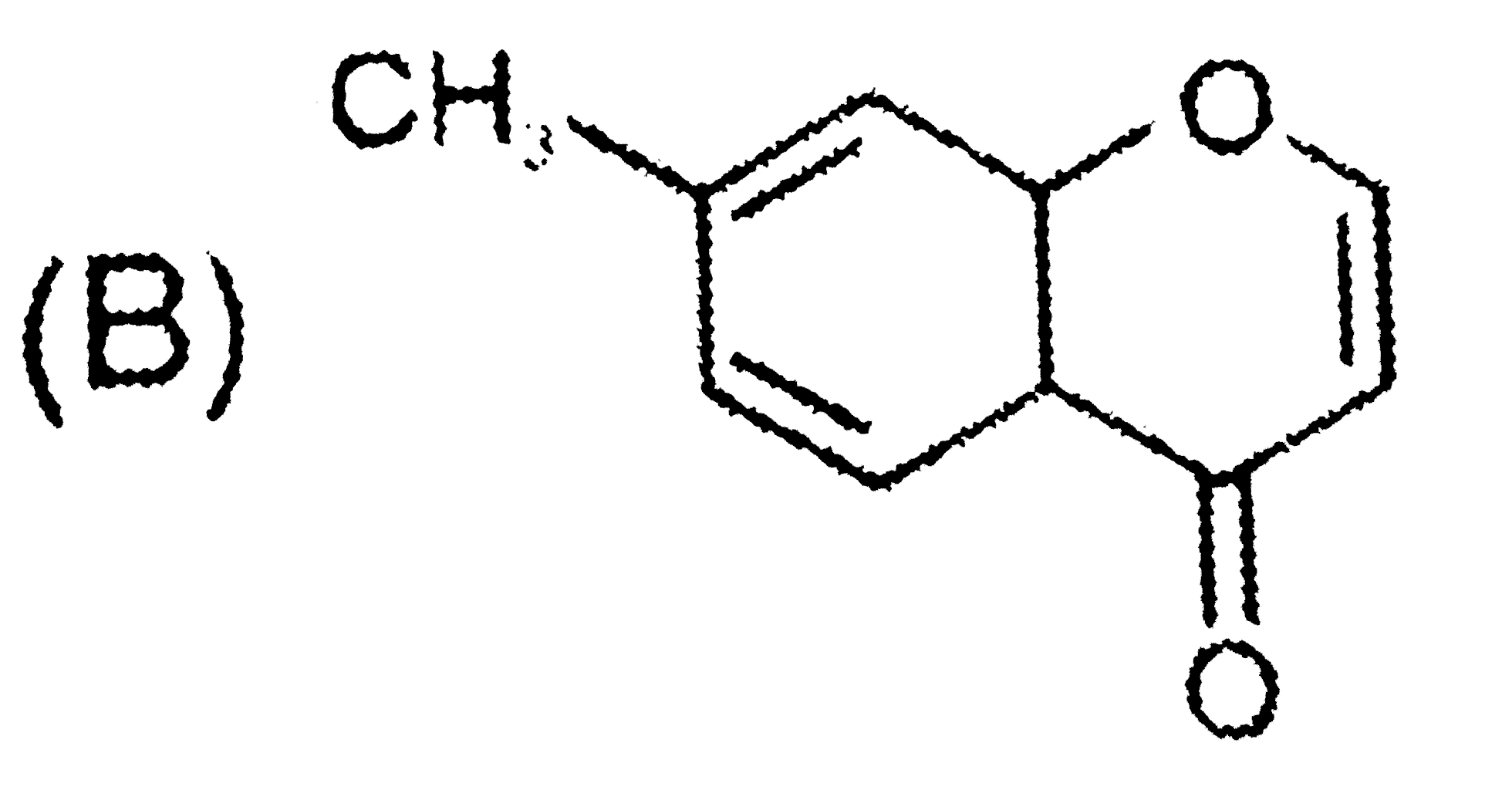An organic compound ("X") is a disubstituted benzene containing 77.8% carbon and 7.4 % hydrogen. Heating an alkaline solution of "X" with chloroform gives a steam volatile compound "Y" . Heating "Y" with acetic anhydride and sodium acetate gives a smelling crystalline solid "Z". "Z" is




The correct Answer is:C
To solve the question step by step, we will analyze the information provided and deduce the structure of the compounds involved.
Step 1: Determine the molecular formula of compound "X"
Given that compound "X" contains 77.8% carbon and 7.4% hydrogen, we can calculate the empirical formula.
1. Calculate the percentage of oxygen:
- Total percentage = 100%
- Percentage of oxygen = 100% - (77.8% + 7.4%) = 100% - 85.2% = 14.8%
2. Convert percentages to moles:
- Moles of Carbon (C) = 77.8 g / 12 g/mol = 6.48 mol
- Moles of Hydrogen (H) = 7.4 g / 1 g/mol = 7.4 mol
- Moles of Oxygen (O) = 14.8 g / 16 g/mol = 0.925 mol
3. Divide by the smallest number of moles:
- C: 6.48 / 0.925 = 7
- H: 7.4 / 0.925 = 8
- O: 0.925 / 0.925 = 1
Thus, the empirical formula is C7H8O, which suggests that compound "X" is likely a disubstituted benzene derivative, possibly toluene (C6H5-CH3) with an -OH group (phenol).
Step 2: Identify compound "Y"
When compound "X" is heated with an alkaline solution and chloroform (CHCl3), it undergoes a reaction known as the Reimer-Tiemann reaction, which introduces an aldehyde group at the meta position relative to the hydroxyl group.
1. Structure of compound "Y":
- The structure of "Y" would be a meta-hydroxybenzaldehyde (C7H6O), where the -CHO group is at the meta position to the -OH group.
Step 3: Identify compound "Z"
When compound "Y" is heated with acetic anhydride and sodium acetate, it undergoes an acetylation reaction.
1. Reaction with acetic anhydride:
- The aldehyde group reacts with acetic anhydride to form an acylated product. The expected product is an aromatic compound with an acetyl group and a hydroxyl group.
2. Structure of compound "Z":
- The resulting compound "Z" would be an aromatic compound with both an acetyl group (C=O) and a hydroxyl group (-OH), likely a derivative of salicylic acid or an acetylated phenol.
Conclusion
Based on the reactions and transformations described, the final compound "Z" is likely to be acetylsalicylic acid (commonly known as aspirin), which is a crystalline solid with a distinct smell.
Final Answer
The compound "Z" is acetylsalicylic acid (aspirin).
---
Given that compound "X" contains 77.8% carbon and 7.4% hydrogen, we can calculate the empirical formula.
- Total percentage = 100%
- Percentage of oxygen = 100% - (77.8% + 7.4%) = 100% - 85.2% = 14.8%
- Moles of Carbon (C) = 77.8 g / 12 g/mol = 6.48 mol
- Moles of Hydrogen (H) = 7.4 g / 1 g/mol = 7.4 mol
- Moles of Oxygen (O) = 14.8 g / 16 g/mol = 0.925 mol
- C: 6.48 / 0.925 = 7
- H: 7.4 / 0.925 = 8
- O: 0.925 / 0.925 = 1
When compound "X" is heated with an alkaline solution and chloroform (CHCl3), it undergoes a reaction known as the Reimer-Tiemann reaction, which introduces an aldehyde group at the meta position relative to the hydroxyl group.
- The structure of "Y" would be a meta-hydroxybenzaldehyde (C7H6O), where the -CHO group is at the meta position to the -OH group.
When compound "Y" is heated with acetic anhydride and sodium acetate, it undergoes an acetylation reaction.
- The aldehyde group reacts with acetic anhydride to form an acylated product. The expected product is an aromatic compound with an acetyl group and a hydroxyl group.
- The resulting compound "Z" would be an aromatic compound with both an acetyl group (C=O) and a hydroxyl group (-OH), likely a derivative of salicylic acid or an acetylated phenol.
Based on the reactions and transformations described, the final compound "Z" is likely to be acetylsalicylic acid (commonly known as aspirin), which is a crystalline solid with a distinct smell.
The compound "Z" is acetylsalicylic acid (aspirin).
Topper's Solved these Questions
- CARBONYL COMPOUNDS (ALDEHYDES & KETONES ) & CARBOXYLIC ACID BOOK - RESONANCE ENGLISHCHAPTER - CARBONYL COMPOUNDS (ALDEHYDES & KETONES ) & CARBOXYLIC ACID EXERCISE - Part -III
31 Videos
- CARBONYL COMPOUNDS (ALDEHYDES & KETONES ) & CARBOXYLIC ACID BOOK - RESONANCE ENGLISHCHAPTER - CARBONYL COMPOUNDS (ALDEHYDES & KETONES ) & CARBOXYLIC ACID EXERCISE - Part -IV
23 Videos
- CARBONYL COMPOUNDS (ALDEHYDES & KETONES ) & CARBOXYLIC ACID BOOK - RESONANCE ENGLISHCHAPTER - CARBONYL COMPOUNDS (ALDEHYDES & KETONES ) & CARBOXYLIC ACID EXERCISE - APSP
1 Videos
- BIOMOLECULES & POLYMERBOOK - RESONANCE ENGLISHCHAPTER - BIOMOLECULES & POLYMEREXERCISE - ORGANIC CHEMISTRY(Biomolecules & Polymer)
34 Videos
- CHEMICAL KINETICSBOOK - RESONANCE ENGLISHCHAPTER - CHEMICAL KINETICSEXERCISE - PHYSICAL CHEMITRY (CHEMICAL KNIETICS & RADIOACTIVITY)
49 Videos
Similar Questions
A certain hydrocarbon (A) was found to contain 85.7% carbon and 14.3% hydrogen. This compound consumes 1 molar equivalent of hydrogen to give a saturated hydrocarbon. What is the empirical formula of compound?
View SolutionA hydrated solid X on heating initally gives a monohydrated compound Y. Y upon heating above 373 K leads to an anhydrous white powder Z, X and Z respectively, are:
View Solution
Knowledge Check
An organic compound contains 69% carbon and 4.8% hydrogen, the remainder being oxygen. What will be the masses off carbon dioxide and water produced when 0.20 g of this substance is subjected to complete combustion.
A0.40gB0.50gC0.60gD0.70g
A hydrated solid X on heating initally gives a monohydrated compound Y. Y upon heating above 373 K leads to an anhydrous white powder Z, X and Z respectively, are:
View SolutionAn organic base (X) reacts with nitrous acid at 0∘ to give a clear solution. Heating with KCN and cuprous cyanide followed by continued heating with conc. HCl gives a crystaline solid. Heating this solid with alkaline potassium permangante gives a compound which dehydrates on heating to a crystaline solid. "X" is:
View SolutionA nitrogen containing organic compound gave an oily liquid on heating with bromine and potassium hydroxide solution. On shaking the product with acetic anhydride, an antipyretic drug was obtained. The reactions indicate that the starting compound is
View SolutionAn organic compound contains 69% carbon and 4.8% hydrogen, the remainder being oxygen. Calculate the masses of carbon dioxide and water produced when 0.20 gm of this substance is subjected to complete combustion.
View SolutionWhen an organic compound X is warmed with alkaline solution of KMnO4 a new compound Y is formed which smells of vinegar. On heating compounds X and Y with a few drops of concentrated sulphuric acid another compound Z is formed. Name the compound Z
View SolutionThe sodium extract of an organic compound on acidified with acetic acid and addition of lead acetate solution gives a back precipitate.
The organic compound contains :
View SolutionWhen an organic compound X is warmed with alkaline solution of KMnO4 a new compound Y is formed which smells of vinegar. On heating compounds X and Y with a few drops of concentrated sulphuric acid another compound Z is formed. Name the compound X and Y
View Solution
